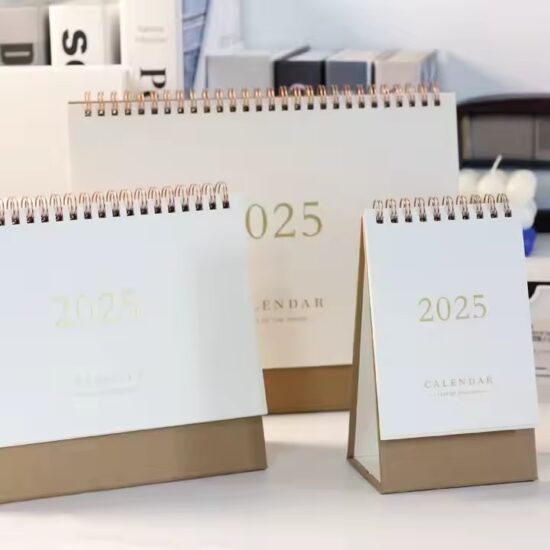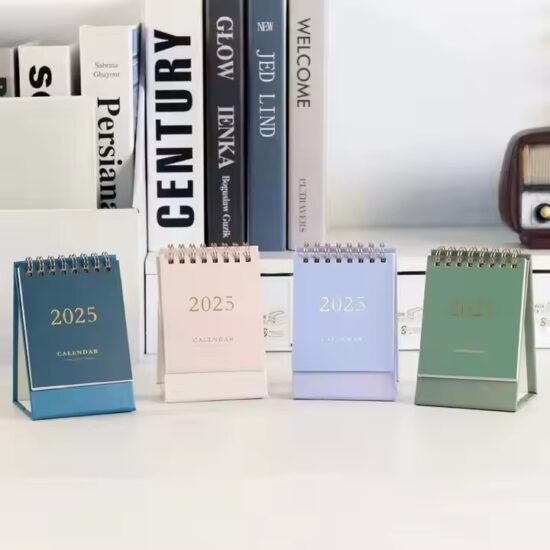bob@nbdho.com
How to Design an Efficient and Personalized Desk Calendar: Tips and Best Practices
🎨 How to Design an Efficient and Personalized Desk Calendar
A well-designed desk calendar is more than just a date tracker—it’s a practical and promotional tool that can enhance productivity and strengthen your brand presence. Designing an efficient and personalized desk calendar requires balancing functionality with aesthetics and tailoring it to the target audience’s needs.
Here’s a step-by-step guide with tips and best practices for creating a desk calendar that stands out and delivers value.
1. Understand Your Audience and Purpose
Before starting the design, clarify:
-
Who will use the calendar? (Employees, clients, partners, general consumers)
-
What purpose does it serve? (Brand promotion, internal scheduling, gifting)
-
What are the key messages or features you want to include?
Knowing your audience helps tailor design elements, language, and calendar features for maximum relevance.
2. Choose the Right Size and Format
Popular desk calendar sizes include:
-
A5 or smaller: Compact, ideal for limited desk space
-
Tent-style: Double-sided, stands easily
-
Flip calendar: Pages flip over a spiral binding
-
Daily tear-off: Great for notes or inspirational quotes
Select a format that suits the user’s workspace and usage habits.
3. Prioritize Clarity and Readability
Efficiency depends on easy-to-read layouts:
-
Use large, clear fonts for dates and months
-
Highlight weekends, holidays, and important dates with color
-
Include sufficient space for notes or reminders
-
Avoid clutter — keep the design clean and simple
4. Incorporate Personalization Elements
Personalization adds value and engagement:
-
Include the recipient’s name or company logo
-
Add custom photos or images relevant to the user or brand
-
Feature industry-specific events, deadlines, or motivational quotes
-
Provide space for users to write their own notes or appointments
5. Integrate Branding Seamlessly
Your brand should be visible but not overpowering:
-
Place logos tastefully, avoiding distraction from calendar content
-
Use brand colors that complement the design
-
Include contact info or website subtly on the base or margins
6. Select High-Quality Materials and Finishes
Materials affect both look and durability:
-
Choose sturdy paper with good opacity to prevent bleed-through
-
Consider eco-friendly options to appeal to green-conscious users
-
Finishing touches like matte or glossy lamination improve feel and protection
7. Add Useful Extras
To enhance usability, consider adding:
-
Perforated tear-off pages for daily or weekly calendars
-
QR codes linking to digital content or promotions
-
Inspirational quotes, tips, or mini infographics
-
Special markings for company events or sales campaigns
8. Test and Get Feedback
Before final printing:
-
Create a prototype or digital mock-up
-
Share with a sample group for usability feedback
-
Adjust design based on comments to improve functionality and appeal
✅ Final Thoughts
Designing an efficient and personalized desk calendar is about blending functionality, aesthetic appeal, and brand identity. A thoughtful calendar keeps users engaged daily and promotes your brand organically throughout the year.
Partnering with experienced manufacturers and designers ensures your calendar project runs smoothly from concept to delivery, producing a high-quality product your audience will appreciate.

